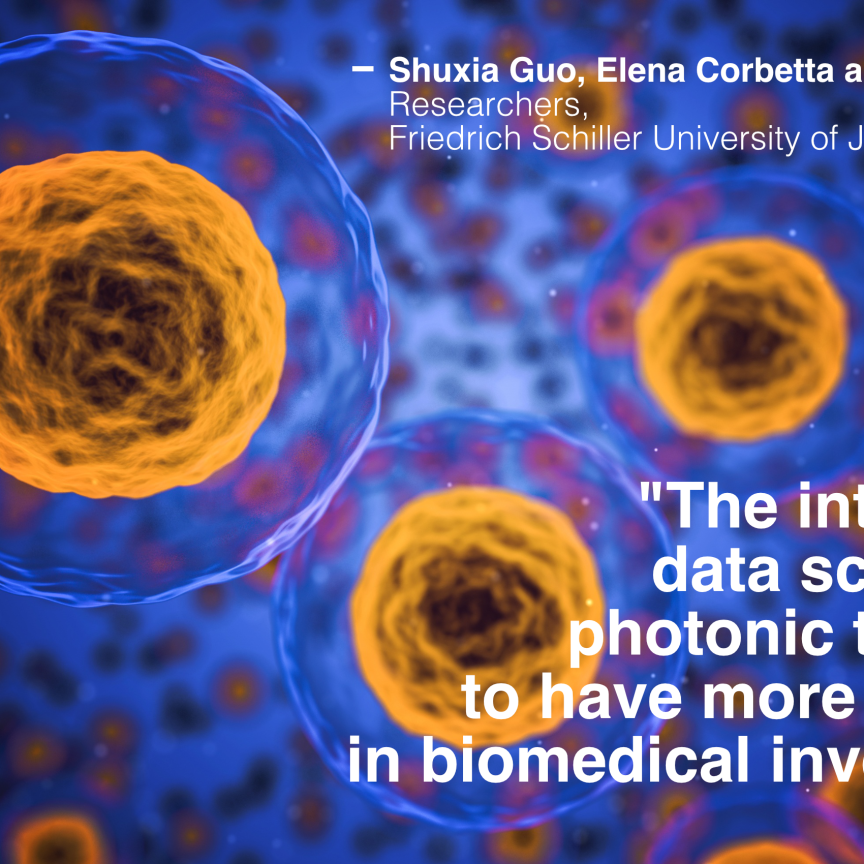The landscape of glucose monitoring has been dominated by technologies that, while reliable, come with inherent limitations that demand innovative solutions. Pricking tests, while effective, lead to discomfort, potential infection, and can reduce patient compliance over time. Near-infrared (NIR) spectroscopy, often used in non-invasive glucose monitoring, faces significant challenges due to interference from water and haemoglobin. These interferences compromise the accuracy of glucose measurements, leading to potential mismanagement of diabetes care. More sophisticated devices using mid-infrared radiation face less interference but require costly measurement devices, rendering widespread use impossible.
A team of researchers from Hamamatsu Photonics K.K., led by Tomoya Nakazawa, embarked on an exciting journey to address these challenges and to develop a new method for monitoring blood glucose levels (BGL) without the need for invasive procedures.
Innovation through advanced photonic technology
Common optical non-invasive techniques often rely on direct detection of BGL using near-infrared (NIR) spectroscopy. However, these can suffer from interference due to various biological components such as water and haemoglobin in human tissues, masking the subtle variations in glucose levels and reducing the accuracy and reliability of the measurements.
To overcome these challenges, the team came up with an innovative idea. Instead of directly measuring the BGL, they developed the “metabolic index”, a metric that represents the change in oxyhemoglobin and deoxyhemoglobin levels in the blood. This is helpful, as, unlike glucose, both haemoglobin forms show a very pronounced absorption peak in the NIR and visible spectrum, significantly reducing the requirements for a measurement device.
According to their newly derived theory, the main influencing factor for the metabolic index should be the phase difference between the two haemoglobin forms, which should allow a stable and robust measurement signal from which the BGL can be derived.
To translate it into practical application and put their theory to the test, the research team engineered two prototypes based on a commercially available smartwatch and smartphone. The smartwatch was equipped with a state-of-the-art pulse oximeter sensor, capable of capturing detailed bio-optical data from the skin non-invasively. The smartphone had an ultra-sensitive high-resolution CMOS camera. To use this device as a pulse oximetry sensor a custom LED holder was applied over the camera.
With these two devices, the researchers performed glucose challenge experiments with healthy volunteers. The initial results from the prototype devices have been highly promising, confirming that the phase delay between the two haemoglobin forms correlates very well with the BGL obtained with continuous glucose measurements and that the newly derived metabolic index allows for accurate inferring of changes in blood glucose levels.
The future of glucose monitoring: From prototype to patient impact
The results demonstrate the potential of non-invasive glucose monitoring technology to transform diabetes management by providing a non-intrusive, pain-free alternative for continuous glucose assessment. Utilising common pulse oximeter sensors, typically found in consumer devices like smartwatches and fitness trackers, the team has employed their knowledge of advanced photonics to detect subtle changes in blood properties that correlate with glucose levels. This approach not only simplifies the glucose monitoring process but also aims to make it as accessible as common health monitoring devices.
The development of the 'metabolic index' represents a significant advancement, improving the accuracy and usability of cost-effective non-invasive glucose monitoring. As this technology matures, it holds the promise to set new standards in diagnostics and disease management of diabetes patients, integrating seamlessly into their daily lives. It also gives an impressive example of how photonics technology can add value to everyday challenges and improve our daily lives.
Further information
Find out more information about Hamamatsu Photonics' work towards non-invasive glucose monitoring.


